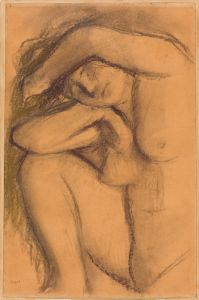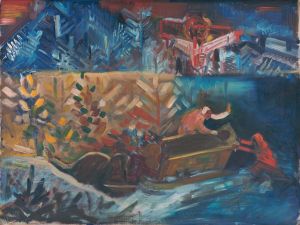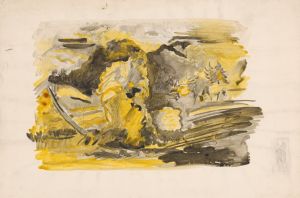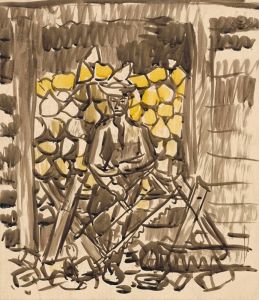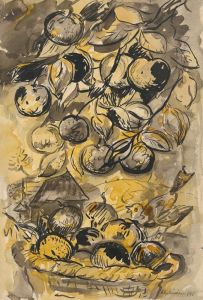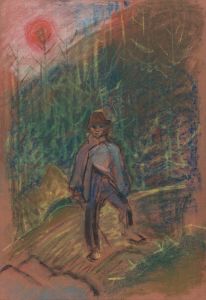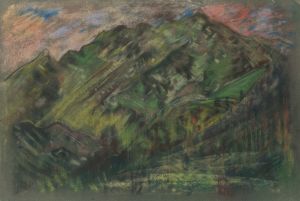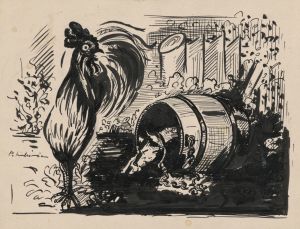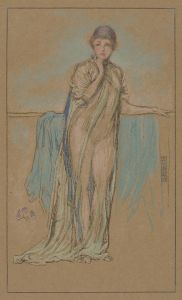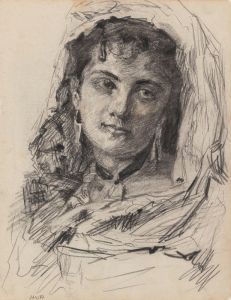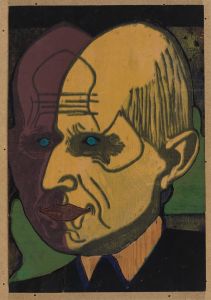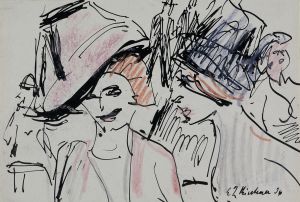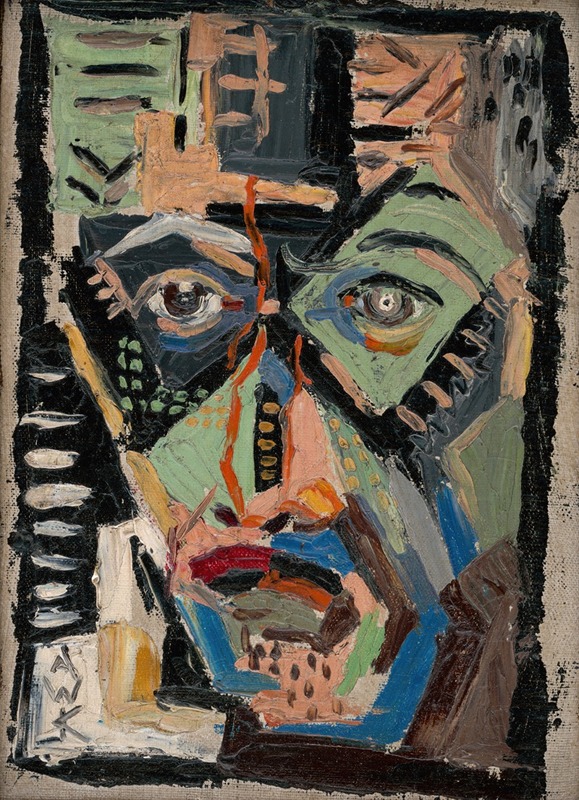
Man’s Face
A hand-painted replica of Arnold Peter Weisz-Kubínčan’s masterpiece Man’s Face, meticulously crafted by professional artists to capture the true essence of the original. Each piece is created with museum-quality canvas and rare mineral pigments, carefully painted by experienced artists with delicate brushstrokes and rich, layered colors to perfectly recreate the texture of the original artwork. Unlike machine-printed reproductions, this hand-painted version brings the painting to life, infused with the artist’s emotions and skill in every stroke. Whether for personal collection or home decoration, it instantly elevates the artistic atmosphere of any space.
Arnold Peter Weisz-Kubínčan was a Slovak painter of Jewish descent, born on March 3, 1898, in Dolný Kubín, Slovakia. He is known for his contributions to modern art in Slovakia during the early 20th century. One of his notable works is "Man’s Face," a painting that exemplifies his unique style and artistic vision.
"Man’s Face" is a striking piece that showcases Weisz-Kubínčan's ability to blend elements of expressionism and cubism. The painting features a male figure's face, rendered with bold lines and geometric shapes, which is characteristic of the cubist influence in his work. The use of vibrant colors and dynamic composition reflects the expressionist aspect of his style, aiming to convey emotional depth and complexity.
Weisz-Kubínčan's work often explored themes of human existence, identity, and the human condition, which are evident in "Man’s Face." The fragmented and abstract representation of the face suggests a deeper exploration of the subject's inner life and emotions, rather than a mere physical likeness. This approach aligns with the broader trends in modern art during the early 20th century, where artists sought to break away from traditional forms and techniques to express more profound psychological and emotional truths.
The historical context of Weisz-Kubínčan's life and work is significant. He lived through a tumultuous period in European history, including World War I, the interwar period, and the rise of fascism. As a Jewish artist in Slovakia, he faced increasing persecution during the 1930s and 1940s. Despite these challenges, he continued to produce art that reflected his personal experiences and the broader social and political upheavals of his time.
Tragically, Arnold Peter Weisz-Kubínčan's life was cut short during the Holocaust. He was arrested by the Nazis and deported to a concentration camp, where he perished in 1944. His untimely death meant that much of his work was lost or destroyed, and he did not receive the recognition he deserved during his lifetime.
"Man’s Face" stands as a testament to Weisz-Kubínčan's artistic talent and his ability to capture the complexities of the human experience through his art. Today, his surviving works are appreciated for their historical and artistic significance, offering insight into the life and times of a remarkable artist who created under the shadow of oppression and adversity.
In summary, "Man’s Face" by Arnold Peter Weisz-Kubínčan is a powerful example of early 20th-century modern art, blending cubist and expressionist elements to explore themes of identity and human emotion. The painting not only reflects the artist's personal vision but also serves as a poignant reminder of the cultural and historical context in which he lived and worked.





